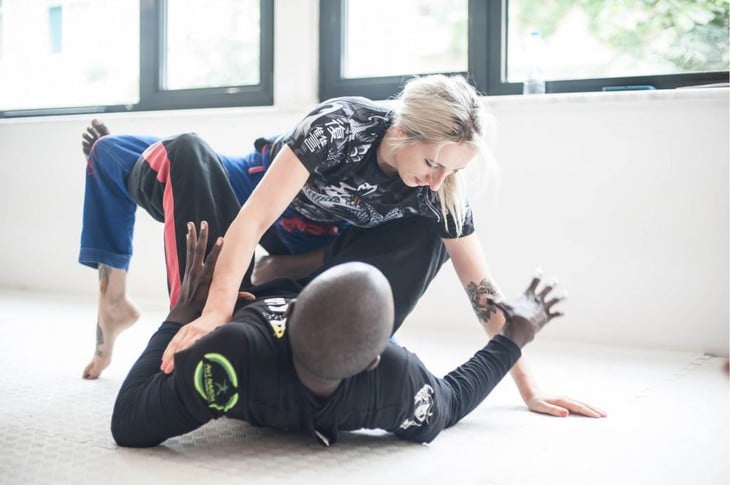
BJJ's breaking, locking, and choking techniques are always highly valued in police martial arts - Anh: LD
According to LEDIT (a group of international police training and defense experts - Law Enforcement Defensive Instructional Tactics), martial arts for police must meet the following 3 criteria:
- Ability to control the subject without causing excessive injury;
- Practical, easy to apply in stressful conditions;
- Comply with legal regulations on the level of force permitted to be used.
LEDIT conducted a survey of more than 20 countries and found that most police forces incorporate a variety of martial arts, from traditional to modern, into their training programs. However, a few names still emerged as the most popular and effective choices.
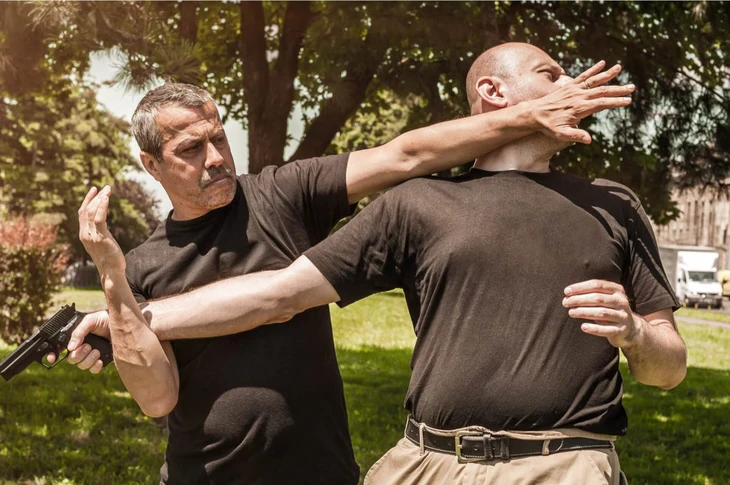
Israel's Krav Maga is highly regarded - Photo: KR
Brazilian Jiu-Jitsu (BJJ), the overwhelming numbers
Brazilian Jiu-Jitsu (BJJ), or Brazilian jiu-jitsu, is a modern variation of jiu-jitsu, emphasizing ground locking, choking, and grappling skills to control an opponent without using powerful strikes.
This martial art is increasingly used in formal training by police in the United States, Canada, Brazil and many European countries.
The effectiveness of BJJ is not just subjective but has been proven by specific data. According to a survey by the state of Georgia (USA) in 2015, after implementing the BJJ training program for officers, the following results were shown:
- Taser usage rate decreased from 77% to 54%.
- The rate of seriously injured suspects decreased from 65% to 31%.
- The number of police injuries during control decreased by 48%.
- Total use of force decreased by 59%.
The significant and consistent decline in these indicators clearly demonstrates that a martial art, if properly selected and properly trained, can help reduce both force and casualties while still ensuring effective performance of official duties.
Krav Maga, sambo, jiu-jitsu
Although not as popular as BJJ in terms of numbers, disciplines like krav maga (Israel), sambo (Russia) and jiu-jitsu (Japan) are still very popular in police training programs in many countries.
Krav Maga was developed by the Israeli army, famous for its fast, strong, practical fighting style, specializing in handling unexpected and dangerous situations - such as being held at knifepoint, threatened with a gun or surrounded by many people.
In police settings, krav maga is often refined to avoid causing unnecessary damage. It is also extremely popular in the military of many countries.
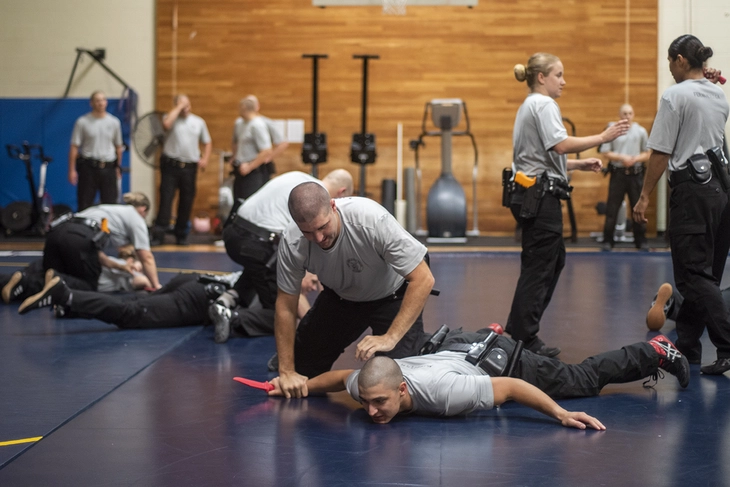
Martial arts in general have a high degree of control - Photo: PA
Sambo, a Russian military martial art, is a combination of wrestling and locking, breaking, and striking techniques to quickly subdue an opponent. Sambo is used by both police and special forces in Russia and many Eastern European countries.
Jiu-jitsu and its variants such as German jiu-jitsu and taiho-jutsu focus on capture, armlock and control skills, making it well suited to the everyday police patrol model.
Some typical countries and their typical martial arts
In Japan, police forces are trained in taiho-jutsu - a system that combines judo, kendo, and stick-fighting techniques.
Korea uses judo, taekwondo, and kuk sool won—a traditional mixed martial art that combines striking, locking, qigong, and weapons. Germany developed German jiu-jitsu, while Russia emphasizes Sambo and Kūdō—a combat-based mixed martial art that combines striking and grappling.
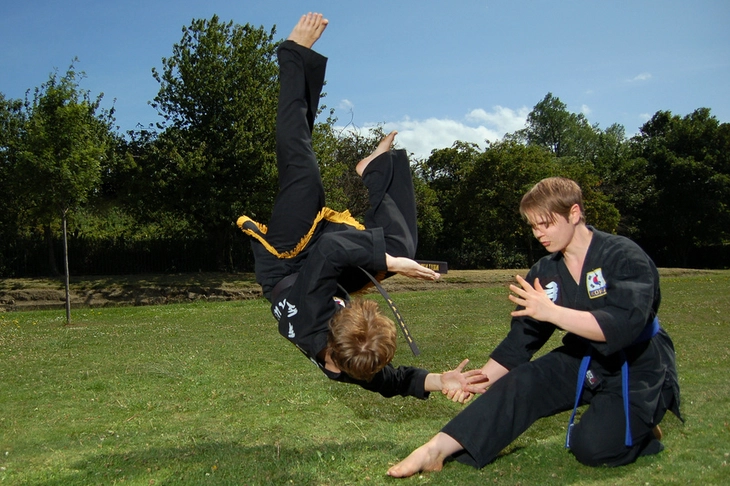
Kuk sool won spread beyond the borders of Korea - Photo: WK
Iran has received kuk sool won from South Korea through cooperative training programs. Despite being an Islamic country with its own distinct cultural traditions, Iranian martial arts are extremely open, constantly accepting the best from other countries.
Although coming from many different backgrounds and techniques, the common thread among martial arts in police training is the focus on control, restraint, and de-escalation of violence.
Martial arts with high damage such as boxing, Muay Thai, karate are therefore not popular.
Dr. Jarem Sawatsky, a conflict resolution expert, once commented: "Police force should not be based on overwhelming force, but on the ability to master the situation. An officer uses martial arts not to win, but to avoid unnecessary escalation of conflict.
Therefore, police martial arts always focus on controlling the situation, in the shortest time must subdue, or at least hold off the opponent.
Source: https://tuoitre.vn/canh-sat-dung-nhung-mon-vo-nao-de-tran-ap-toi-pham-20250715185129898.htm



![[Photo] General Secretary To Lam receives the Director of the Academy of Public Administration and National Economy under the President of the Russian Federation](/_next/image?url=https%3A%2F%2Fvphoto.vietnam.vn%2Fthumb%2F1200x675%2Fvietnam%2Fresource%2FIMAGE%2F2025%2F12%2F08%2F1765200203892_a1-bnd-0933-4198-jpg.webp&w=3840&q=75)




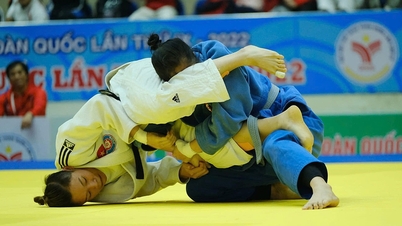

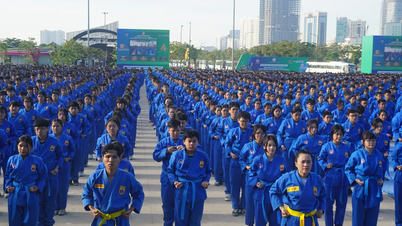



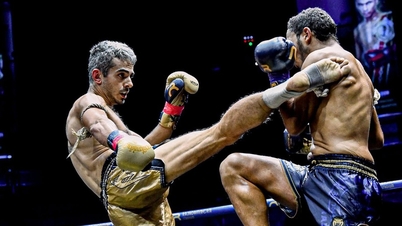
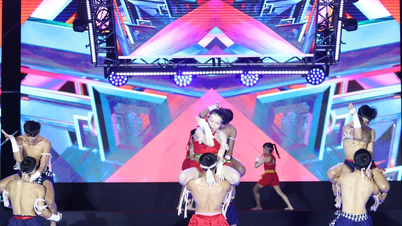

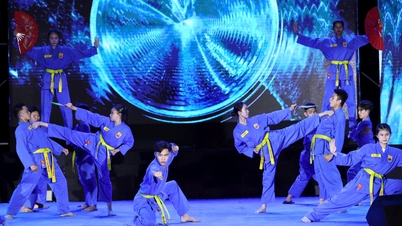


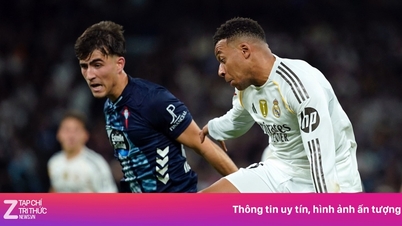
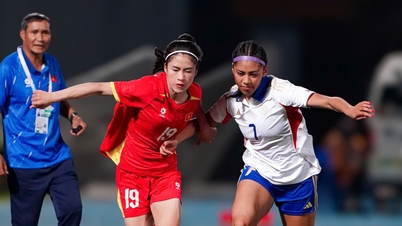
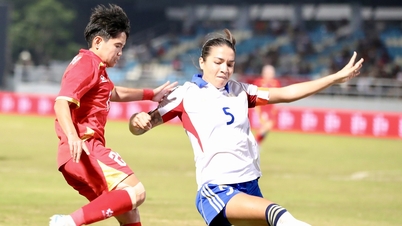

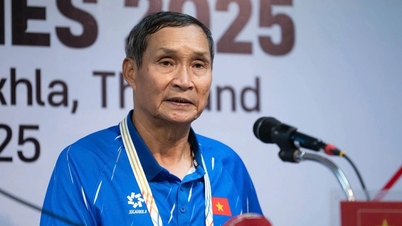

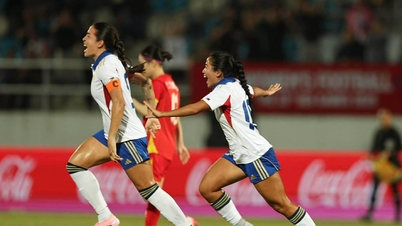




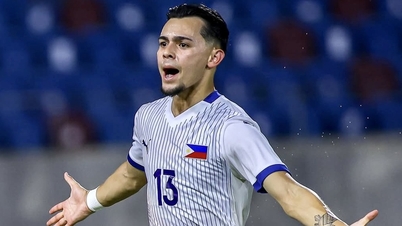
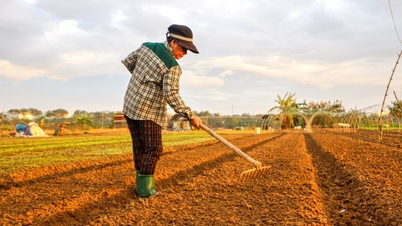

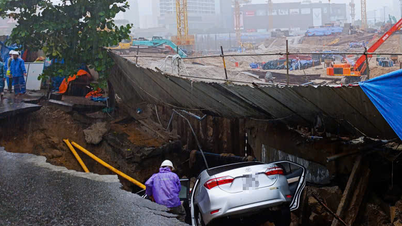
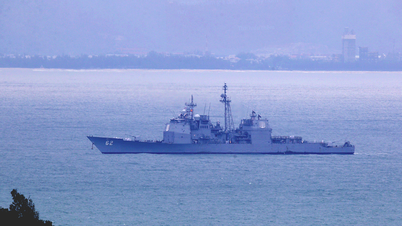
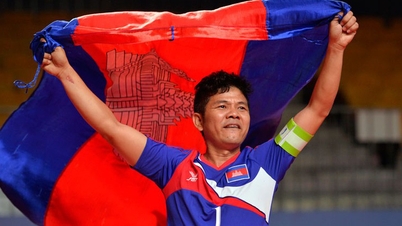

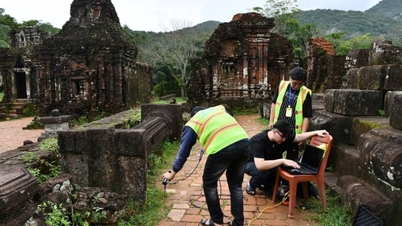

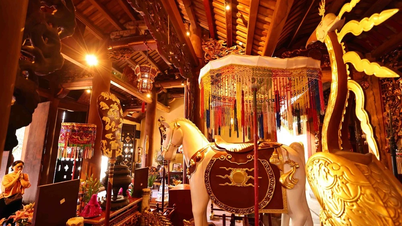



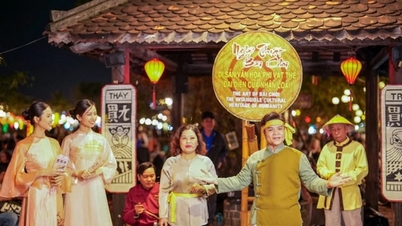

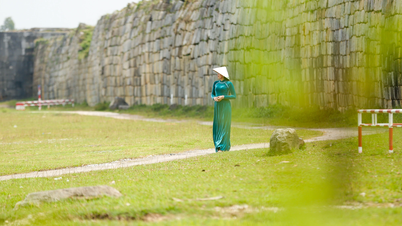





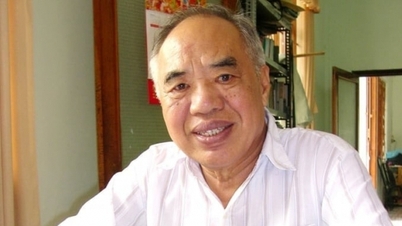

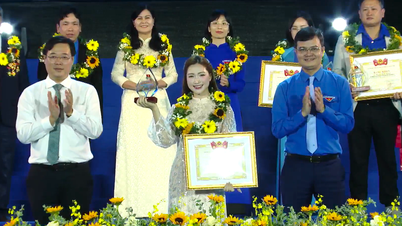
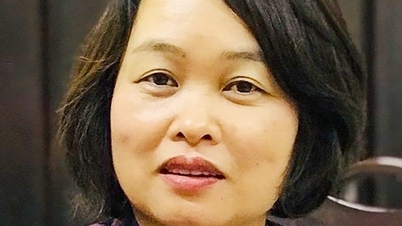

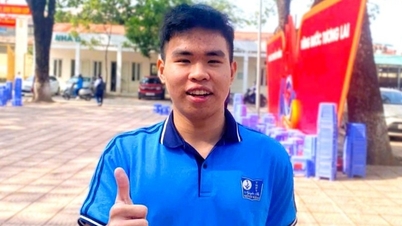














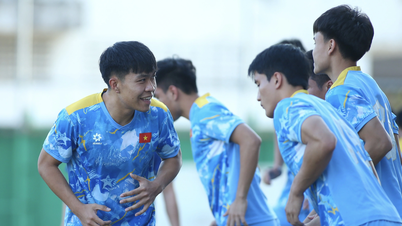
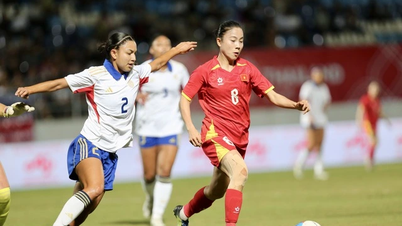
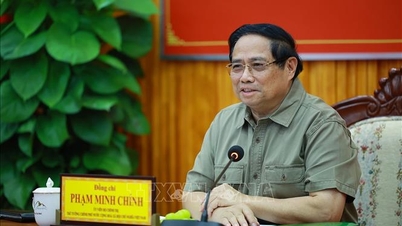

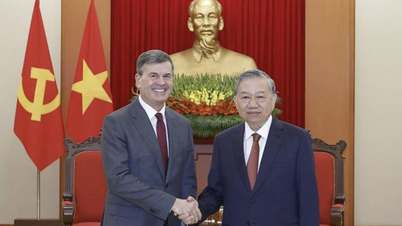


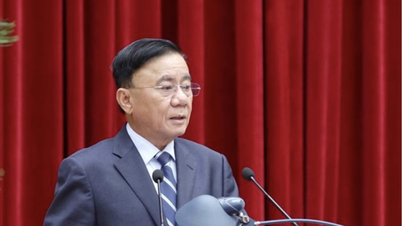


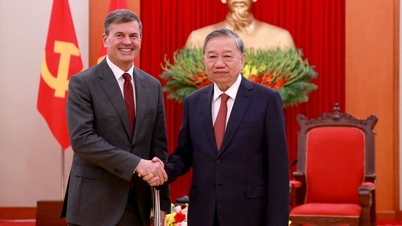
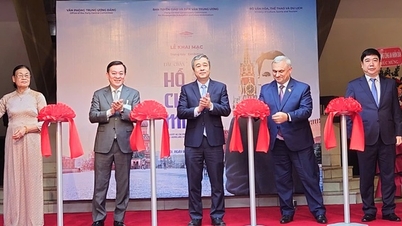

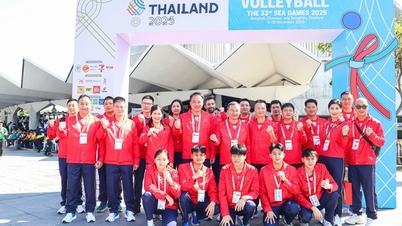



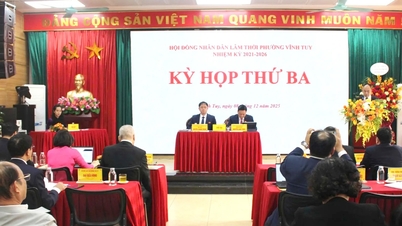
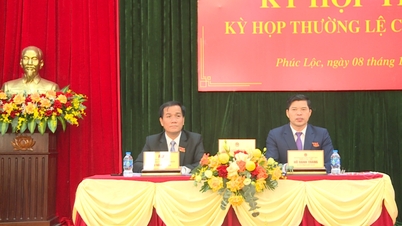


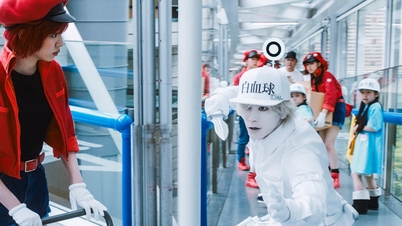


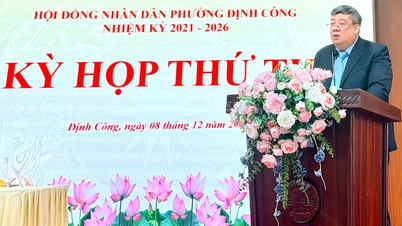










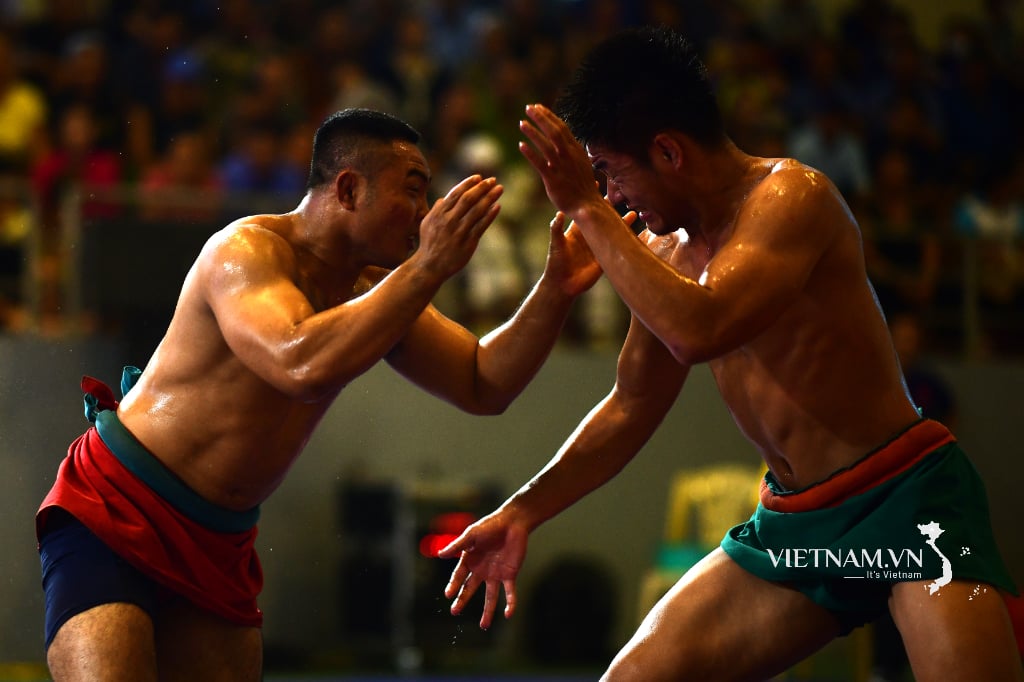






Comment (0)